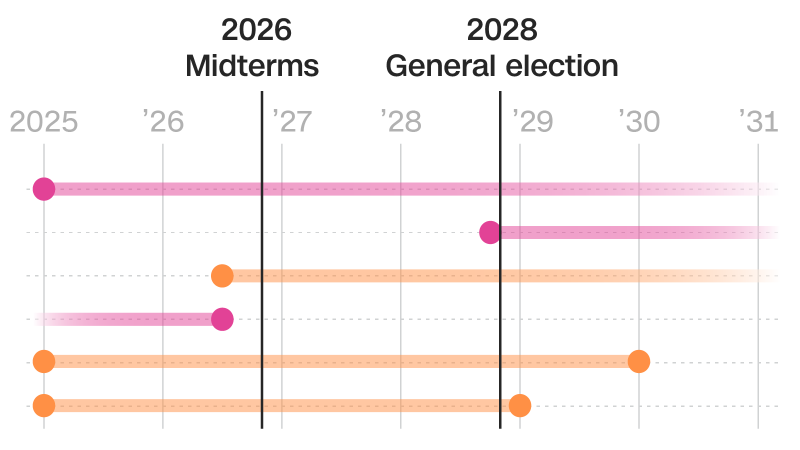Trump’s Landmark Second-Term Bill: A Timeline of Its Immediate and Future Impact
Trump’s Landmark Second-Term Bill: A Timeline of Its Immediate and Future Impact

Just days after President Donald Trump signed his landmark tax and spending cuts bill into law on July 4, marking the first major legislative achievement of his second term, the public is eager to understand its sweeping implications. Approved by Congressional Republicans despite broad Democratic opposition and some internal GOP concerns, this comprehensive package is set to reshape critical aspects of the nation’s fiscal and social landscape.
The new legislation makes the contentious 2017 tax cuts a permanent fixture, while also significantly increasing funding for defense, border control, and immigration enforcement. Simultaneously, it ushers in a historic restructuring of the national safety net, notably imposing substantial reductions to Medicaid and the food stamp program.
While some key measures have already begun to take effect this year – including the expiration of the electric vehicles tax credit and a temporary exemption for taxes on tips and overtime work – many provisions are slated for a staggered rollout over the coming years. Next year will see the implementation of several student loan provisions, alongside a significant change limiting Medicaid eligibility for immigrants, set to commence one month before the 2026 midterm elections.
Further major shifts, such as new work requirements and enhanced eligibility checks for Medicaid, are scheduled to kick in closer to the 2028 presidential election. The exact timing for two significant alterations to the food stamp program remains pending, as the U.S. Department of Agriculture is expected to issue a memorandum to states detailing the implementation of expanded work requirements for recipients aged 55 to 64, parents of children older than 13, and limitations on eligibility for certain legal immigrants.
Disclaimer: This content is aggregated from public sources online. Please verify information independently. If you believe your rights have been infringed, contact us for removal.